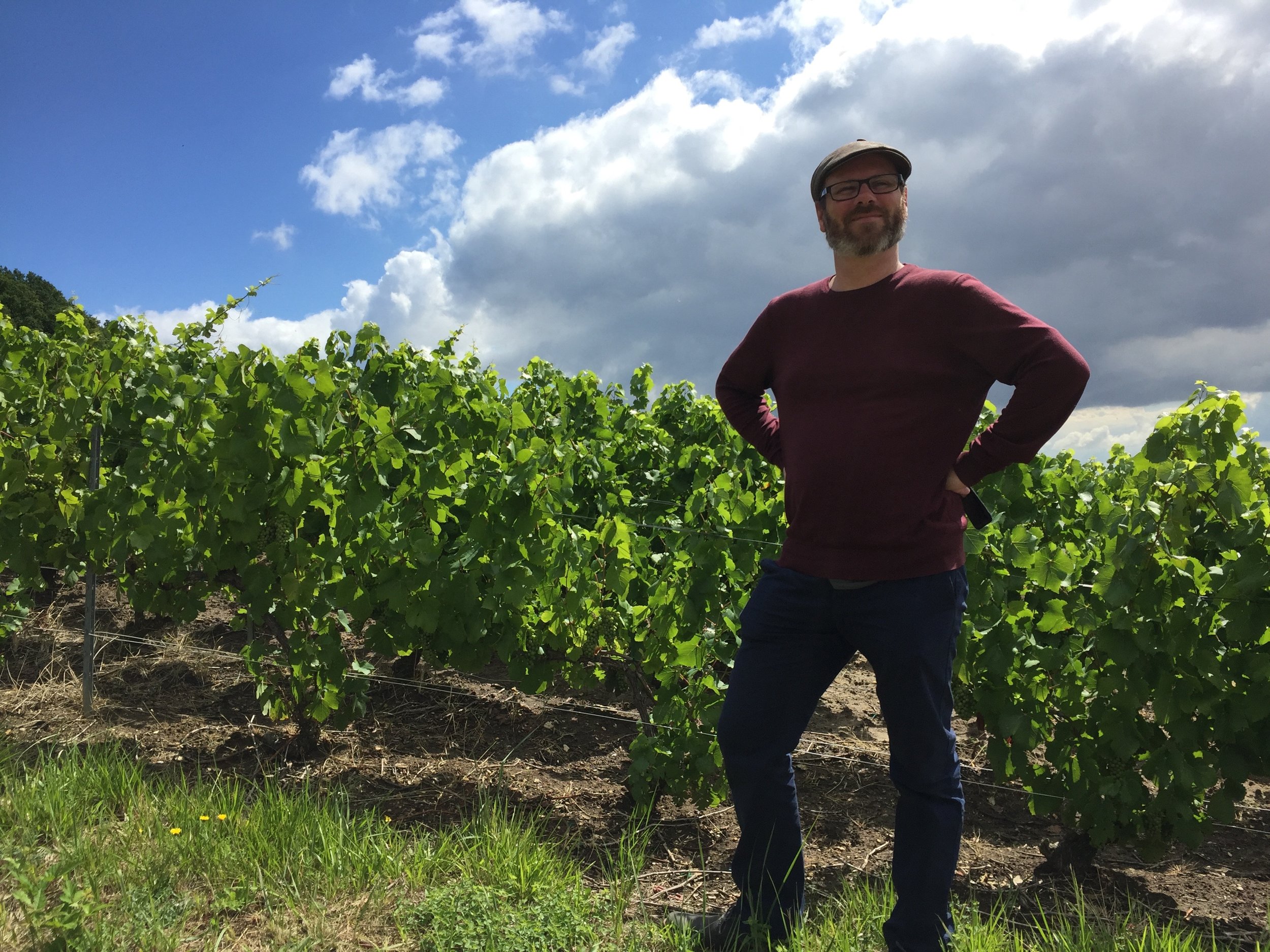Following the Variety: Riesling
Riesling produces some of the finest, most ageworthy white wine in the world, yet it’s one of the most misunderstood varieties. Most consumers consider it be always sweet; the acidity can seem overly harsh to the unseasoned taster; and even within the industry many of the regions in which Riesling is grown aren’t very well-known.
“Following the Variety” is my podcast series which has so far explored Sauvignon Blanc and Chardonnay; the episodes on Riesling are now complete, available exclusively on patreon.com/mattswineworld. Here’s an overview of what to expect from the episodes:
(1) Introduction to Riesling
An overview of Riesling: the countries and regions in which it’s grown; its characteristics in the vineyard; winemaking techniques; and the many different styles of wine made from Riesling, from dry to sweet to sparkling.
(2) Germany
Historically and stylistically, the most important country for Riesling. The episode explores the various regions for Riesling; the historical trends within Germany for Riesling; how to understand and explain the German wine laws; the move towards drier, single-vineyards wines; and how to position German Riesling in the international market.
(3) Alsace
A unique French region, with many German connections: Riesling; single-varietal labels; tall, thin bottles; cool, continental climate. This episode explains the labelling terms, the styles of Riesling, how Alsace differs from nearby German regions, and the importance of soils, aspect, and the Vosges mountains.
(4) Rest of Europe
Riesling is grown all across Europe, not just Germany and Alsace. This episode travels through the many countries where Riesling is found under different names: Austria, Hungary, Czechia, Slovakia, Slovenia, Italy, Moldova, Romania, Ukraine, Bulgaria, and Israel. With the exception of Austria, these countries may not be well known for Riesling, but there are some very interesting wines being made.
(5) Australia
After Germany, perhaps the most important country for Riesling which has been planted since the nineteenth century when German immigrants moved across the world and planted grape vines. Due to the sunshine, Australian Riesling is quite different: riper, fruitier, with petrol aromas developing earlier than in Germany. Riesling is planted in many of Australia’s important wine regions: Clare Valley, Eden Valley, Tasmania, Frankland River, and some lesser known regions such as Strathbogies Ranges and King Valley.
(6) Rest of the World
The series finishes by looking at countries outside Europe which may not be known for Riesling but where there are pockets of production made in a wide range of styles: New Zealand, South Africa, Chile, California, Oregon, Washington, New York, and Canada.
The series presents an overview of Riesling which is both broad and deep, taking in many regions and countries, showing that Riesling isn’t just Germany—but that to understand Riesling one has to understand Germany and vice versa.



